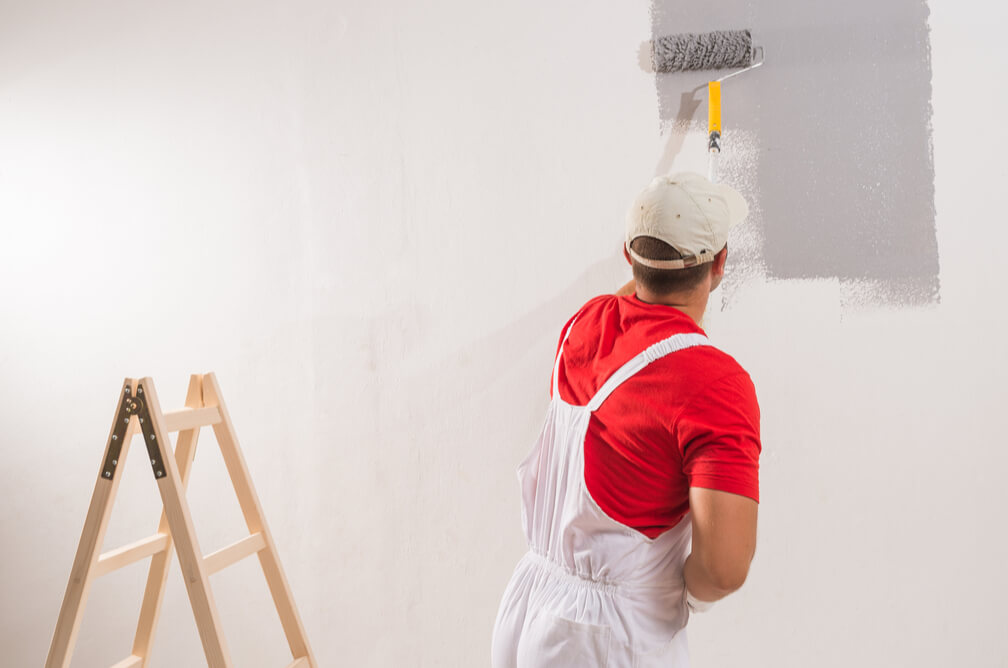Open-plan living spaces are a popular design choice in many modern homes, offering a sense of flow and spaciousness. However, choosing paint colours by painters adelaide for these large, interconnected spaces can be a challenge. You want to create a cohesive look while maintaining distinct zones for different functions, such as living, dining, and cooking. In Adelaide, where open-plan homes are common, the right paint colours can elevate the entire space, making it feel both expansive and harmonious. Here’s how to choose paint colours that work beautifully in open-plan spaces.
Create Cohesion with a Neutral Base
The key to successfully painting an open-plan space is to create a sense of cohesion. A neutral base colour can serve as the foundation for the entire area, allowing for flexibility and creating a seamless flow between zones. Light greys, whites, and soft beiges are great choices for a neutral base, as they reflect light and make the space feel more open.
A neutral backdrop also allows you to play with bolder accent colours in different areas without overwhelming the room. For example, a light grey or soft white base on the walls can create a clean and modern feel that connects the living, dining, and kitchen areas while providing a backdrop for feature walls or colourful furniture.
Use Colour to Define Zones
In an open-plan space, it’s important to visually define each area according to its function. You can do this by incorporating different colours to create distinction between zones, such as the living room, dining area, and kitchen. However, the key is to use colours that complement each other rather than clash.
For instance, if your open-plan space includes a dining area and living room, you might use a soft beige or warm white for the overall space, but choose a deeper accent colour like navy blue or charcoal for the dining area. This creates a subtle yet effective distinction between the two areas while maintaining visual harmony.
You can also use colour to define a kitchen within an open-plan layout. Bold or vibrant colours like teal or deep green on cabinetry or splashbacks can create a visual boundary between the kitchen and living space, adding interest while maintaining the flow of the room.
Play with Different Tones of the Same Colour
One way to create unity across an open-plan space is to use varying tones of the same colour. This creates depth and interest while ensuring that the different zones of your home feel connected. For example, you could paint the main walls in a light, neutral grey and use a darker grey for an accent wall or kitchen cabinets. This tonal variation adds subtle contrast without breaking the sense of flow between different parts of the room.
Alternatively, you could opt for a warm beige on the living room walls and choose a slightly darker shade for the dining area. This method ensures the colour scheme feels cohesive while still providing enough contrast to differentiate between the spaces.
Consider Lighting and Natural Light
Natural light plays a significant role in how paint colours look, particularly in an open-plan space with large windows or skylights. In Adelaide, where sunlight can be strong, colours may appear brighter or more intense during the day. Lighter colours, such as soft whites and greys, can help reflect this light, making the space feel even larger and airier.
If your open-plan area has less natural light, consider warmer tones like soft beige or warm grey, which can help make the space feel more inviting and cosy. Pay attention to how different areas of the room receive light throughout the day, and choose colours that complement the changing light conditions.
Add Colour Through Accent Walls or Features
In addition to defining zones with paint, accent walls or painted features can add personality and a focal point to an open-plan space. A bold colour on a single wall can anchor a zone, such as the wall behind the TV in the living area or the wall adjacent to the dining table. This helps to create visual interest without overwhelming the entire space.
Another option is to use colour on architectural features like columns, shelving, or kitchen islands. Painting these elements in a contrasting colour, such as deep green or navy, can make them stand out while maintaining a cohesive feel with the rest of the room.
Conclusion
Choosing paint colours for an open-plan space requires balancing cohesion with the need to define different zones. By starting with a neutral base, incorporating complementary accent colours, and considering the role of natural light, you can create a harmonious yet visually dynamic space. Whether you’re working with a large, airy Adelaide home or a more compact open-plan layout, the right paint colours can help make the most of your space, enhancing both its style and functionality.


